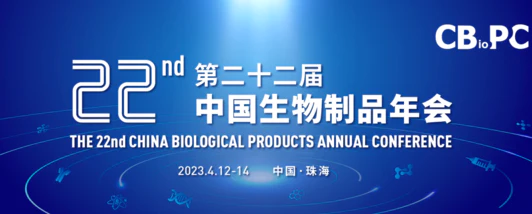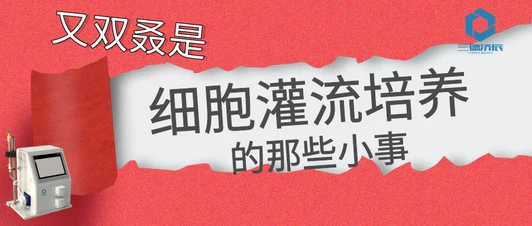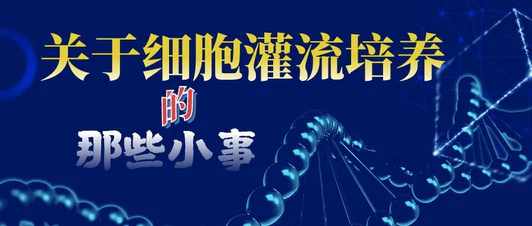The increasing market demand in the biopharmaceutical industry and the pressure to reduce their production costs have driven the development of new production methods and strategies to optimize the utilization of facilities, such as continuous production. However, for fully continuous production processes, it is difficult to realize them in existing replenishment batch plants due to a number of technical and regulatory issues, such as higher complexity and higher media usage. Therefore, a smart approach to develop and sustain market-acceptable antibody products is to use intensification strategies, which utilize available capacity, address bottlenecks in the production chain, and can be implemented in existing plants, such as N-1 perfusion.
The classical seed chain model is to design a corresponding step-by-step scale-up of the seed chain based on the volume of the final production tanks, which is characterized by a large number of seed tanks and a long seed preparation time, and consequently many risks in the seed preparation process, such as the risk of contamination, the risk of reduced viability, etc. The mode of perfusion culture can increase the cell density in this level of seed chain while the cell viability is basically unaffected at the same time, and by taking advantage of this, the process enhancement strategy of seed chain N-1 perfusion can be designed to reduce the number of seed canisters in the large-scale production as shown in Fig. 1-1.
Fig. 1-1 Process intensification strategy for seed-chain N-1 perfusion (image from the web)
The current application was seed-chain N-1 perfusion culture in a 5 L glass cell jar.
I. Experimental conditions
Culturing volume: 3.5 L
Perfusion equipment: hollow fiber column (HF)
Cell system: CHO cells
Process control: pH: 7.0; Temperature: 37℃; DO: 50%
Inoculum density: 0.5×106cells/ml
II. 65}}
The glass-type bioreactor and perfusion system were sterilized offline in an autoclave cabinet (conventional sterilization: 121°C, 30 min), and the perfusion system (hollow fiber column) and the reactor were connected through the receiver or CPC connector to form a circulatory pathway, and the replenishment, harvesting (waste liquid), and backwashing (fresh medium) were docked with the system .
Figure 1-2 Schematic diagram of the connection (Image from the web)
CHO cells were inoculated into the bioreactor at a density of 0.5×106 cells/ml, and cell culture was carried out according to the culture parameters, and aseptic samples were taken every day to measure the cell density, viability, glucose, lactate, ammonium ions, and other key parameters offline (some of the data are confidential). The cell density reached 4.48×106 cells/ml on day 2, and the perfusion culture was started, and the cell density reached 21.20×106 cells/ml on day 5, with a total of 3.5 L of harvested cytogens.
The hollow fiber columns were washed by 2% NaOH + 2000 ppm NaClO and preserved by 0.4% NaOH for backup.
III. Experimental results
The results are shown in Table 1-1.
Figure 1-3
Comparison with the original seed subchain process is shown in Table 1-2.
Figure 1-4
Summary
Compared to the classical batch seed preparation strategy, the tangential flow perfusion process using hollow fiber columns (HFs) can accommodate higher working volumes, while the cell density is 4 times higher than that of the classical strategy within 3 days of perfusion, and the total number of viable cells reaches 5 times higher, realizing the inoculum requirement for the next level of expansion, while cell viability can be maintained all the time at 99% or more. It was also demonstrated in subsequent transplantation experiments that this N-1 seed chain seeded cells were consistent with the results of the classical strategy.
Hollow fiber (HF) columns are effective in tangential flow perfusion processes and are a powerful adjunct to seed-chain N-1 processes for enhanced replenishment of batch culture platforms.








